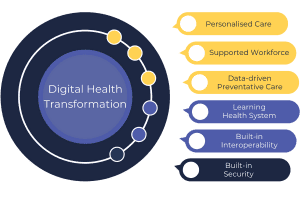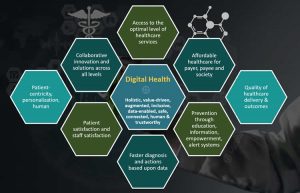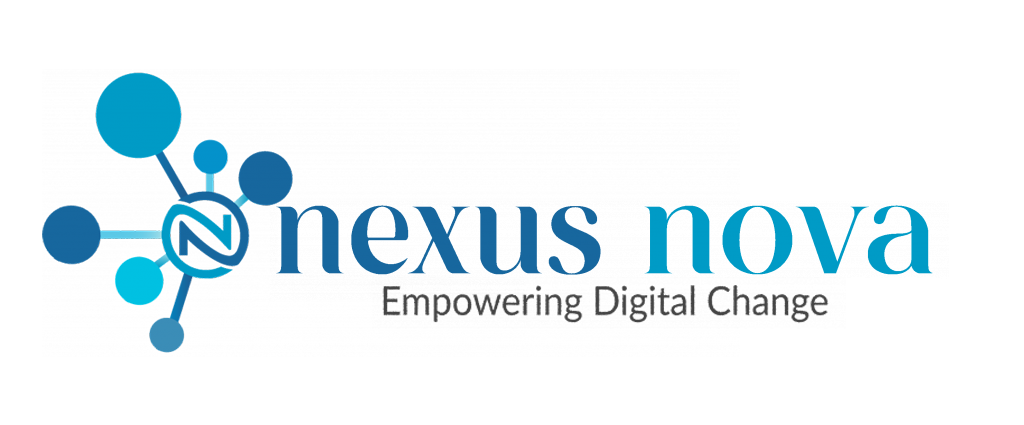How to Support Healthcare Staff in Adopting New Digital Tools
How to Support Healthcare Staff in Adopting New Digital Tools
The healthcare industry is experiencing a tidal wave of digital transformation, and it is arriving in the shape of solutions that will improve patient care, streamline workflows, and enable better decision-making. But thrilling as these innovations are, the real challenge lies in encouraging healthcare workers to feel comfortable to adopt and implement these new digital technologies into their everyday work. Without training, even the most beautifully conceived systems can end up underutilised or worse, used incorrectly — defeating the whole purpose of digital innovation. Engage Healthcare Staff Early.
When doctors, nurses, administrative staff, and technicians are consulted early in the process, they’re likely to feel more of a sense of ownership of the changes.

Involve Healthcare Staff Early
Training needs to be role-specific, since what a nurse would need to know about a system can be much different from what the lab person or physician has to know. And training needs to continue after go-live, with ongoing training and easy access to support operations enabling employees to build confidence and keep up with changes as the system evolves. Make Tools Plug into Existing Workflows Adoption is always easier when a new technology simplifies rather than complicates. If something is awkward, unconnected, or forces staff to change too many behaviors at the same time, it will be resisted. That’s why design and integration of any tool must prioritise ease of use and compatibility with existing workflows. When digital systems augment rather than complicate the everyday tempo of healthcare, adoption is more natural. Share the Reason Behind the Technology
Offer Comprehensive and Continuous Training
One of the most overlooked but powerful adoption drivers is open communication about *why* the new tool is being adopted. Employees are more apt to embrace new technology when they realise the tangible impact it will have on their job and on patient care. Whether it’s reducing paper mistakes, improving access to patient charts, or streamlining administrative tasks, highlighting tangible benefits fosters a more open-minded approach to the change.
No matter how well planned or intuitive a tool is, problems and challenges will always arise — especially at early stages of implementation. This is why having a support system in place is critical. Whether an internal helpdesk, peer mentors, or a special IT support team, workers should be reassured that help is just around the corner. Support ensures continuous smoothness and keeps small problems from piling up into massive roadblocks.

Celebrate Success and Foster Peer Learning
Acknowledging improvement and celebrating early success stories may be a powerful source of inspiration for healthcare staff. Publicly praising teams or individuals who pick up new tools quickly — and offering them the chance to tell their colleagues about their experience — can boost confidence across the organisation. This not only reinforces the value of the tool, but also fosters a team culture in which staff members encourage each other in their learning.
Empowering health workforce to adopt new digital technology is not a case of installing software — it’s about driving change, motivating people, and developing an organisational culture conducive to innovation.
To learn more, contact us at 02036330555 or email info@nexusnova.co.uk. Let’s transform healthcare together.
Quick Contacts
- Phone :02036330555
- Email : info@nexusnova.co.uk
- Address : 83 - 85 Baker Street, Marylebone, London, England, W1U 6AG
- Country : England
Subscribe
- Copyright © 2025 Nexus Nova . All rights reserved.



